If you want to ask for a free quote of Korean Velvetgrass, please click here. This works only on orders from and to Brazil.
You may also want to contact us by clicking here or calling us in the numbers below.
+55 (15) 3273-2644 (Itapetininga)
+55 (11) 3733-5989 (São Paulo)
+55 (15) 99630-5347 (whatsapp)
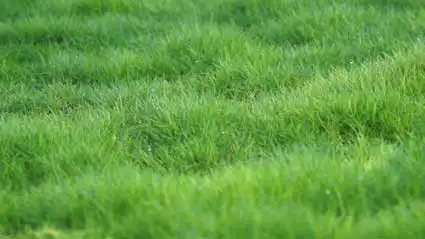
The Korean Velvetgrass Zoyzia tenuifolia
The Korean Velvetgrass, also known as No-mow Grass, Min Mow Grass, Japanese Grass, and Mascarene Grass is originally from Asia, more specifically from the Mascarene Island and Reunion Island at the Indic Ocean.
The Korean Velvetgrass adapts well to dry climates at the temperate zones and is widely used for the decoration and ornamentation, for Japanese gardens and mainly for golf courts.
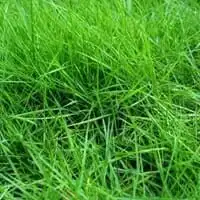
The characteristics of the Korean Velvetgrass
The Korean Velvetgrass presents narrow leaves with a soft texture forming a very dense layer of dark green grass that gives a spectacular architectural and ornamental aspect.
It resists well to drought, intense heat, moderate trampling, diseases, tolerates well the shadow and it can grow in a variety of different soils; from clay to the more sandy lands, and it may even cover some rocks.
The Korean Velvetgrass is resistant to soils at the coastal regions, including the areas under the influence of the salty water, adapting well to the soil with high index of salt.
The Korean Velvetgrass consumes very little water and grows slowly.
It does not reproduce from seeds and are commercialized as carpet tiles and rolls.
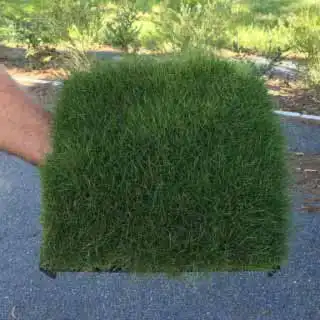
Where can I plant the Korean Velvetgrass?
The Korean Velvetgrass can be planted at several types of soils, at rocky areas and over several structures at a garden, including over the asphalt. It is not recommended to be planted aiming to a vast area of common lawn, since its growth is slow.
The Korean Velvetgrass can be planted at:
- Residential and commercial gardens, mainly for the decoration of Japanese gardens
- Sports grounds, especially golf courts
- Closed neighborhoods and companies
- Edge of ponds and patios
- Places where the circulation of people is low to moderate
- Between the stone steps in gardens
- Half shaded areas
- Coastal areas close to the beach and sea water
When can I plant the Korean Velvetgrass?
The Korean Velvetgrass can be planted at any time of the year because it is very resistant to any type of soil and climate, including dry lands and areas with high index of salinity.
How can I plant the Korean Velvetgrass?
The purchase of Korean Velvetgrass my be done by filling in our exclusive form by clicking here. Please, note that this option is valid only for purchase and delivery to Brazilian territory.
You may call us or send us an e-mail that we will answer you as soon as possible.
Before receiving the grass: Prepare the site where the grass will be planted removing all kinds of weeds, stones, dirt, and debris. Try to prepare the soil more uniformly as possible without unevenness and small bumps. No prior fertilization of the soil is necessary, however, depending on the region, the consultation of an expert in soils or an agricultural engineer is recommended to check and analyze the soil before planting.
The transportation of the grass: Normally, the Korean Velvetgrass is transported as carpet tile rolls of 40 cm x 125 cm (16” x 49”) or tile rolls of 40 cm x 62.5 cm (16” x 25”)
Receiving the grass: Once the grass is unloaded from the truck, it has to be planted immediately. The Korean Velvetgrass carpet tiles should be placed aligned and side by side. Since the growth of the grass is slow, try to avoid gaps between the tiles.
Once planted, the Korean Velvetgrass should be watered heavily and daily in the first 3 to 4 weeks after the completion of the planting.
Once the grass has been well settled and adapted to the ground, the Korean Velvetgrass won’t require much watering, so that it can be watered intermittently.
Grass trimming: the Korean Velvetgrass does not need to be trimmed frequently because its growth is slow. However, the trimming can be done regularly to keep the aspect of the grass beautiful and flat. You may trim the grass to about 1.5 cm (0.5”) of height.
Depending on the need or the garden style, if you don’t trim the grass and let it grow, it will form small bumps that will give an interesting and natural ornamental style.
Fertilization: the Korean Velvetgrass does not require constant fertilization. If you need to fertilize the grass, it is recommended to do it during spring using fertilizers that spreads slowly.

Recommended cares for Korean Velvetgrass
The Korean Velvetgrass must be planted under plain Sunshine, in fertile soils, and biannual fertilization with regular watering.
Regular trimming is recommended to keep the lawn uniform and leveled.
Advantages of the Korean Velvetgrass
The Korean Velvetgrass is an ecologically correct grass. It consumes less water and requires less chemical treatment and maintenance.
- It resists well to drought and heat
- It resists moderate trampling
- It resists well to diseases
- It tolerates half shaded areas
- It adapts well to several kinds of soil: from the clay soil to the sandy soil, as a matter of fact, rocky areas.
- It tolerates well high index of salt in the soil, so that it is ideal for coastal regions
- Due to its slow growth, it does not require frequent trimming.
Disadvantages of the Korean Velvetgrass
- The Korean Velvetgrass is expensive and its implementation is not cheap.
- Despite frequent trimming is not necessary, if not done, the esthetical aspect might get compromised.
- Despite not necessary, constant fertilization is recommended to keep the lawn beautiful.
How the The Korean Velvetgrass is sold.
The Korean Velvetgrass is normally sold as carpet tiles (pallets) or rolls of 40 cm x 125 cm (16” x 49”) or tiles of 40 cm x 62.5 cm (16” x 25”).
Main purposes
The Korean Velvetgrass is widely used to be planted in coastal areas close to the sea, golf courts and for the decoration of small areas, and mainly for the decoration of Japanese Gardens.
Since the growth of the Korean Velvetgrass is slow, where the circulation of people is high, the grass can wear out easily, and its recovery may take a long time. Therefore, it is recommended to plant the Korean Velvetgrass where the circulation of people is moderate to low.
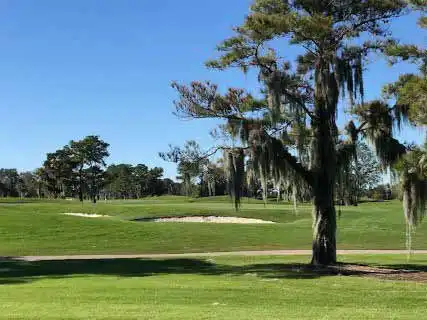
Our numbers:
+55 (15) 3273-2644 (Itapetininga)
+55 (11) 3733-5989 (São Paulo)
+55 (15) 99630-5347 (whatsapp)
More articles about Korean Velvetgrass and the other grasses, you find here in our website. Check it out!
Emerald Grass - Carpet Grass - Bahia Grass - Korean Velvetgrass - Saint Augustine Grass - Bermuda Grass - Grass for your garden - The origin of grass - Landscaping and gardening - Types of grasses - Grass sale - Emerald grass with the best price per m2 - How to fertilize the lawn - How to eliminate weeds from your lawn - How to plant grass - How to plant Bahia Grass - Maintenance tips for your Emerald Grass - How to plant Emerald Grass
A NATUREZA DE BEM COM A VIDA!

 (15) 3273-2644
(15) 3273-2644
 (11) 9 9009-1813
(11) 9 9009-1813
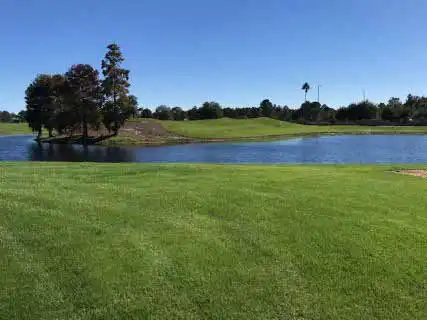
It is pretty interesting to know about this Korean Velvetgrass. I love to play golf and when I step on the green, now I know that I am actually stepping on a Korean Velvetgrass. It is also very beautiful in the Japanese gardens. I personally love the Japanese culture and also the oriental gardens.